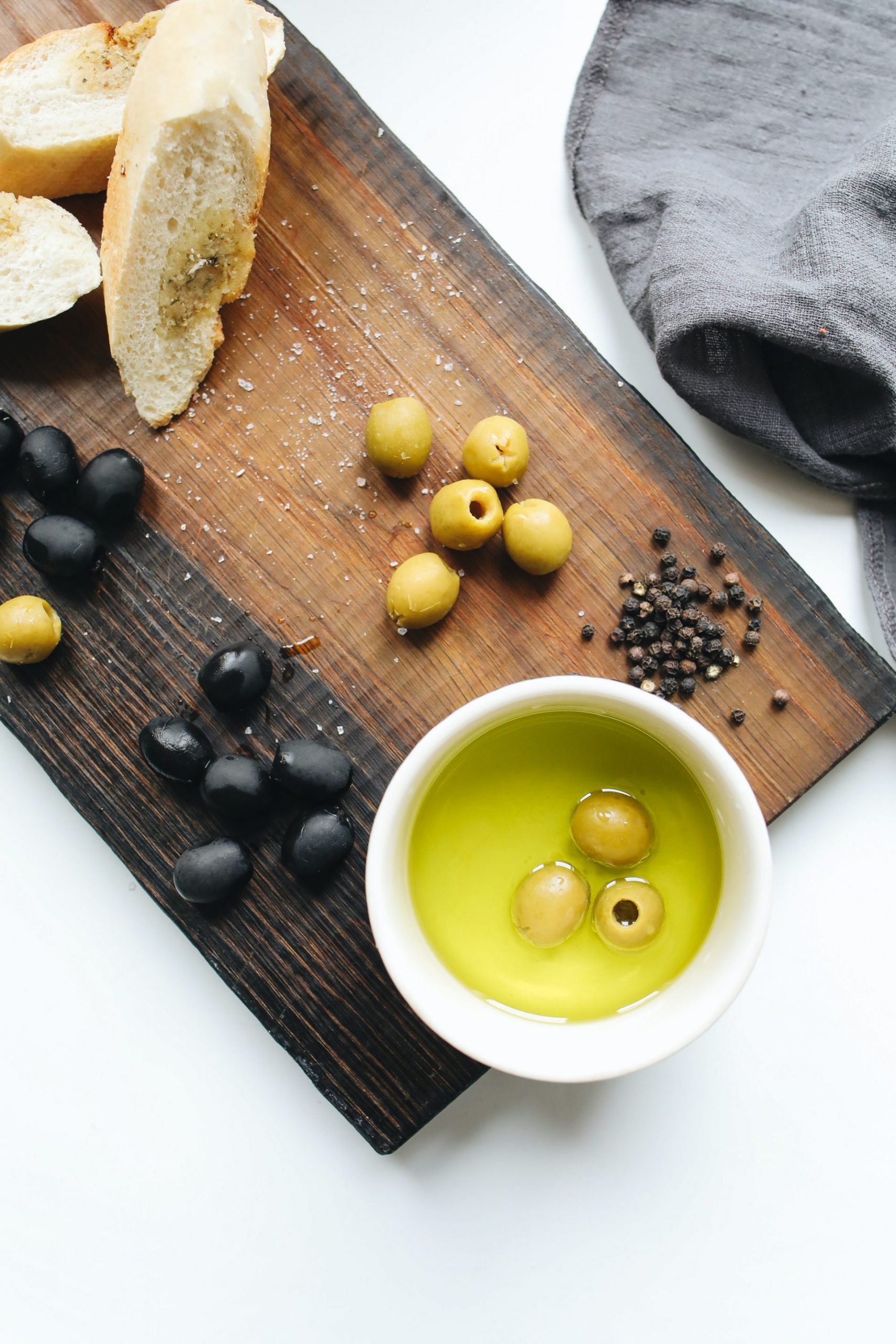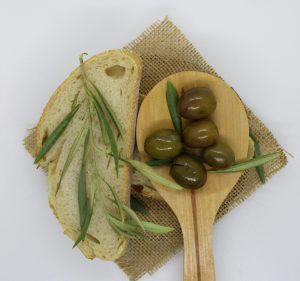
- Readers Rating
- No Rating Yet!
- Your Rating
Olive oil remains a central element in the Mediterranean diet and is appreciated for its flavour, health benefits and culinary versatility. The tradition of olive cultivation and oil production has left a deep imprint on the culture and identity of Spain. In this post of our mentta blog we will explain the varieties of Spanish oils that exist, their history and some curious facts.
History of Spanish oils
The history of olive oil in Spain has deep roots dating back to antiquity. Over the centuries, olive oil has been an essential component of the Spanish diet, economy and culture. It began with the Romans, who played a crucial role in promoting and spreading olive cultivation on the Iberian Peninsula during their rule. They encouraged the planting of olive trees and improved oil production and extraction techniques. During the Renaissance, Spain became one of the main producers and exporters of olive oil in Europe. Religious orders and aristocratic elites encouraged the cultivation of olive trees and contributed to the expansion of the industry.

During the 20th century, the mechanisation of production and the modernisation of extraction techniques led to an increase in olive oil production in Spain. However, there were also moments of crisis due to fluctuations in demand and international competition. Today, Spain has consolidated its position as the world’s largest producer of olive oil. The quality and diversity of the olive varieties make it possible to produce a wide range of oils with different flavour profiles and uses.
Spanish oils: best-known varieties
Spain is known for being one of the world’s leading producers of olive oil and offers a wide variety of oils with different flavour profiles and uses. Here are some of the most outstanding varieties of Spanish oils:
– Pairing: Cured cheese, grilled meats, game dishes, toast with tomato and Iberian ham.
– Notes: Its fruity flavour and hints of fresh grass complement the intense flavours of cheeses and meats.
– It is one of the most common varieties in Spain, especially in Andalusia. It has a fruity flavour, with notes of fresh grass, tomato and a touch of bitterness and spiciness.
– Food pairing: Fresh salads, white fish, seafood dishes, grilled vegetables.
– Notes: Its smoothness and apple and almond aromas work well with more delicate flavours.
– Originally from Catalonia, it produces a smooth and fruity EVOO, with hints of apple and almond. It is ideal for salads and more delicate dishes.
– Pairing: Gazpacho, salmorejo, Mediterranean dishes, oily fish such as salmon.
– Notes: Its moderate bitterness and spiciness make it perfect for balancing strong flavours such as oily fish.
– Another Andalusian EVOO with notes of fresh grass, almond and a slight touch of bitterness. It is versatile and can be used for both cooking and seasoning.
– Pairing: Cured cheeses, cured meats, game dishes, pulses.
– Notes: Its intensity and hints of almonds and ripe fruit go well with robust flavours.
– Produced mainly in Castilla-La Mancha, this variety has a more intense flavour, with hints of almond and ripe fruit. It also has a more pronounced bitterness and spiciness.
– Pairing: Fruit salads, vegetable dishes, mild fish.
– Notes: Its smoothness and notes of almond and ripe fruit are ideal for fresh and mild dishes.
– From Aragon, it produces a smooth and balanced EVOO, with hints of almond and ripe fruit.
- Blanqueta:
– Pairing: White fish, seafood, rice dishes, grilled vegetables.
– Notes: Its delicacy and hints of apple and almond are perfect for enhancing subtle flavours.
– Originally from the Valencian Community, this variety produces a soft and delicate EVOO, with hints of apple and almond.
– Food pairing: Fresh tomatoes, seafood dishes, grilled fish.
– Notes: Its balance between bitterness and spiciness enhances the flavours and contrasts with the acidity of the tomatoes.
– Grown mainly in Andalusia, it produces an EVOO with fruity and herbaceous notes, and a balance between bitterness and spiciness.
– Pairing: Green salads, rice dishes, white fish.
– Notes: Its smooth and fruity profile complements fresh and light dishes.
– Produced in various regions of Spain, this variety offers an EVOO with a smooth and fruity profile, with hints of apple and fresh grass.
Remember that each variety of olive oil has its own characteristics and may be more suitable for different types of dishes and recipes. When choosing an oil, consider its flavour, intensity and the use you will make of it in your cooking.

Curiosities about olive oil
There are numerous curiosities that circulate about olive oil. These curiosities highlight the cultural, culinary and economic importance of olive oil in Spain, as well as its international relevance.
- World’s largest producer: Spain is the largest producer of olive oil in the world. It is estimated that around 50% of the world’s olive oil production comes from Spain.
- Olive Variety: Spain has a great diversity of olive varieties, which contributes to the wide range of flavour profiles of its olive oils. Some popular varieties include Picual, Arbequina, Hojiblanca and Cornicabra.
- Producing Regions: The main olive oil producing regions in Spain are Andalusia, Catalonia, Castilla-La Mancha and Extremadura. Each region has its own traditions and production methods.
- Extra Virgin Olive Oil: Spain is a leader in the production of extra virgin olive oil (EVOO), the highest quality category. EVOO is obtained by cold mechanical processes and has a maximum acidity of 0.8%.
- Olive Oil and Culture: Olive oil is an essential component of the Mediterranean diet and has been an integral part of Spanish culture for centuries. It is also used in religious rituals and festivities.
More curiosities about olive oil…
- Manual Olive Harvesting: In many areas of Spain, olives are harvested by hand. This traditional process is laborious but helps to preserve the quality of the olives.
- Olive Tree Carving: In some regions of Spain, such as Jaén, the artistic carving of olive tree trunks is practised. The carved trunks represent traditional figures and symbols.
- Oil in Gastronomy: Spanish olive oil is a fundamental ingredient in many traditional recipes. It is used for frying, grilling, dressing salads and flavouring dishes such as gazpacho and paella.
- Olive Oil Routes: In some regions, such as Andalusia, tourist routes dedicated to olive oil are offered. Visitors can learn all about the production process and taste different varieties.
- Oil and Health: Extra virgin olive oil is known for its health benefits, thanks to its high content of monounsaturated fatty acids and antioxidants. It is a key component of the Mediterranean diet, associated with longevity and cardiovascular health.
Did you find it interesting to learn about the most renowned Spanish oils? Then don’t miss this article about Spanish cheeses.
